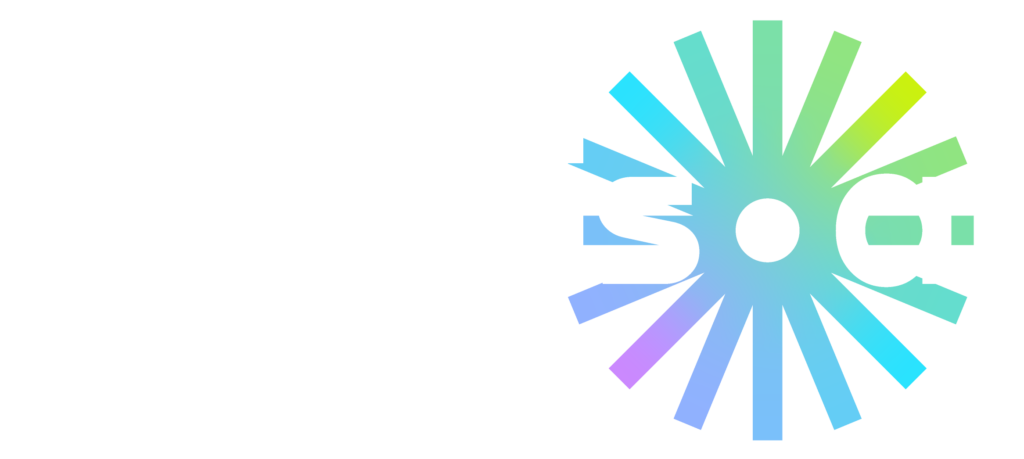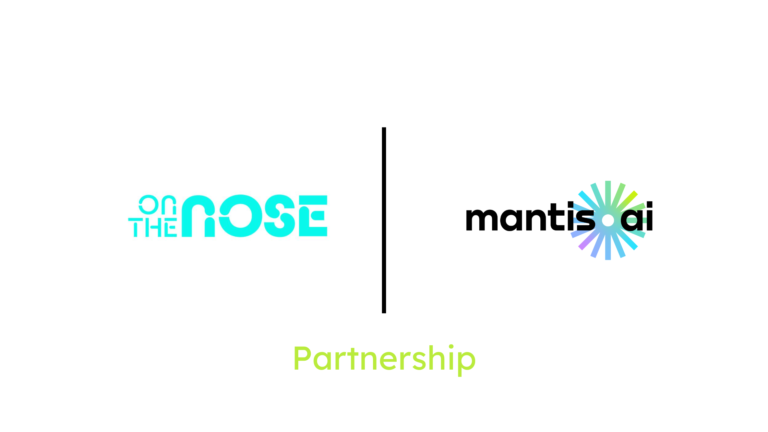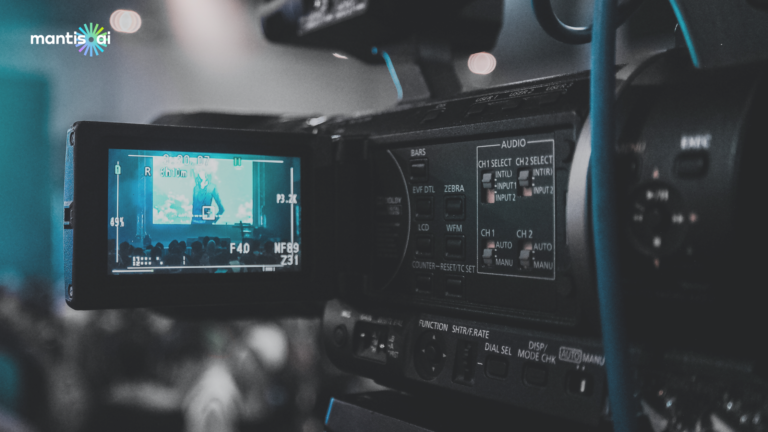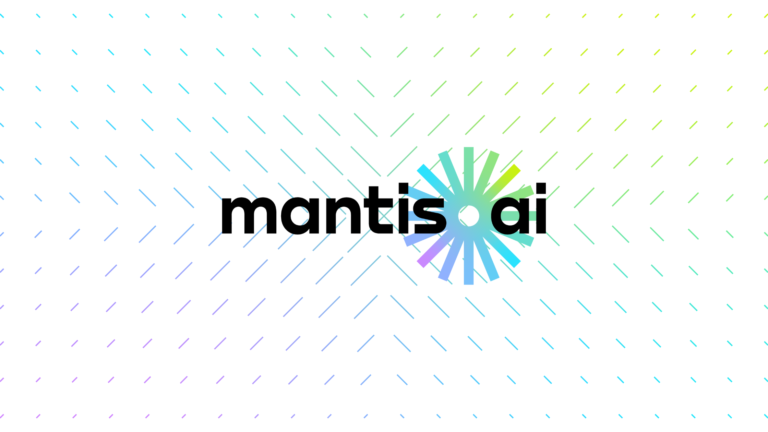In the dynamic world of audiovisual, efficiency and agility are crucial for the success of broadcast operations. However, reliance on manual processes can be a significant obstacle to growth and scalability. This is where artificial intelligence (AI) emerges as a powerful tool to transform the way broadcast teams operate.
The Risks of Lack of Automation
The absence of automation in broadcast operations can bring several risks, such as:
- Time-consuming and error-prone manual processes: Repetitive tasks such as content transcoding, metadata management, and playlist creation can consume valuable time and increase the likelihood of human error. This can lead to delays in content delivery, customer dissatisfaction, and lost business opportunities.
- Difficulty in scaling: As the demand for content grows, it becomes increasingly challenging to keep up using manual processes. This can limit the company’s growth and prevent it from exploring new market opportunities.
- Lack of focus on strategic activities: By dedicating themselves to repetitive tasks, broadcast teams lose time that could be used for more strategic and creative activities, such as developing new content formats, analyzing data, and planning marketing campaigns.
Artificial Intelligence as a Solution
AI offers an effective solution to the challenges of lack of automation in broadcast operations. Through intelligent automation, teams can:
- Optimize workflows: AI can automate repetitive and complex tasks, freeing up time for teams to focus on more strategic activities.
- Reduce errors: The accuracy and consistency of automated processes ensure the quality of content and minimize the risk of errors.
- Increase scalability: AI solutions can be easily scaled to meet growing content demands, allowing businesses to expand their operations without compromising quality.
- Gain valuable insights: AI can analyze large volumes of data to identify patterns and trends, providing valuable insights for strategic decision-making.
Examples of AI Applications in Broadcast Operations
AI can be applied in various areas of broadcast operations, such as:
- Content acquisition and management: AI can automate content transcoding into different formats, metadata creation, and content categorization.
- Content scheduling and distribution: AI can optimize content scheduling across different platforms, considering factors such as audience, time, and device.
- Performance monitoring and analysis: AI can monitor content performance across different platforms and provide insights to optimize distribution strategies.
- Personalized content generation: AI can generate personalized content for different audiences, increasing engagement and customer retention.
Data and Statistics that Prove the Efficiency of AI
- An IDC study reveals that 70% of TV broadcasters are investing in AI to automate their processes.
- Forrester research predicts that AI can generate US$15.7 trillion in global economic value by 2030.
- A Deloitte study demonstrates that AI can reduce broadcast operation costs by up to 30%.
Artificial intelligence is a powerful tool that can transform broadcast operations, driving efficiency, agility, scalability, and business success. By adopting AI solutions, broadcast teams can free up time to focus on strategic and creative activities, maximizing growth potential and reaching new levels of success in the audiovisual market.









